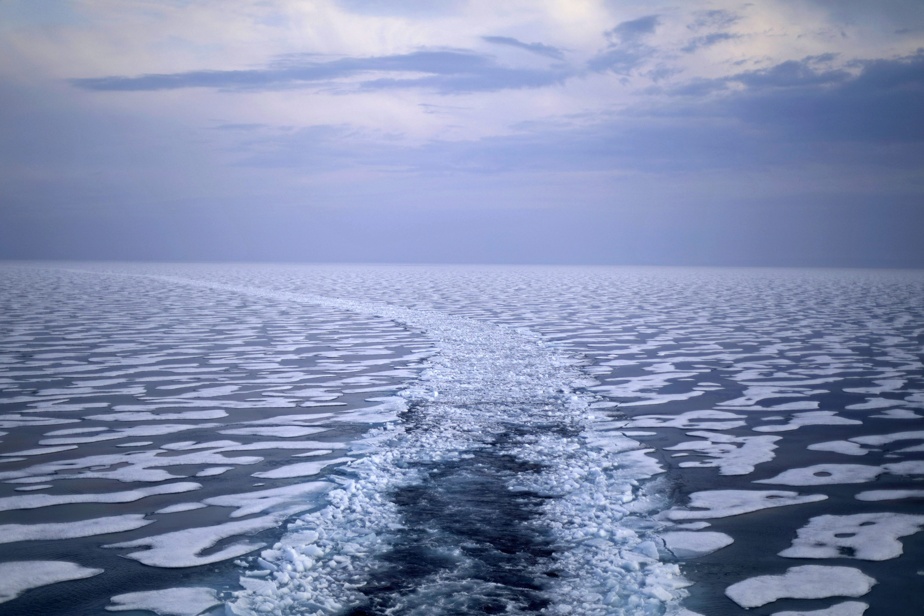A long-awaited project for a deep-water Arctic port and route to link rich mineral resources with international shipping routes and give the Navy another beachhead in the North has been revived.
The Grays Bay port and road project, which has been a northern dream for more than a decade, is undergoing a new environmental assessment with Nunavut regulatory authorities, restarting a process that has been stalled for years.
The massive project on Canada’s central Arctic coast, in the middle of the Northwest Passage, could open the door to crucial mineral resources, said Brendan Bell, CEO of West Kitikmeot Resources, the company that runs the effort and is majority owned by the Kitikmeot Inuit Association, a company created by the Nunavut land claim.
“Every country is looking to ensure a supply of essential minerals,” Bell said.
The project would include a deep-water port with two docks designed to load large post-Panamax class vessels and an adjacent small craft harbor for community use. It would also include an airstrip, tank farm, transshipment facilities, utilities, maintenance shops, warehouses, housing, administrative offices and ore concentrate storage and handling areas .
In its first phase, the project would include a 230-kilometer all-season road leading to the heart of the mineral-rich Slave Geological Province (SGP). This route would connect to the ice routes to Yellowknife, making it the first road link between the central Arctic coast and southern Canada.
There are at least three major deposits of copper, zinc, gold and silver that could become profitable with access to coastal waters, Bell said. Many other deposits have been discovered in this vast region, which encompasses much of the central Arctic.
“World-class, high-quality discoveries are being made, but they have not been scaled up to understand the scale because there is no infrastructure,” he stressed.
“We think with the new momentum behind infrastructure, you’ll see a big expansion of those resources,” he added.
Northern premiers have been calling for investment in such a project for years, and they reiterated that call at the recent Western premiers meeting.
Mr. Bell argued that the need for raw materials, such as copper, in an increasingly electrified world, as well as Inuit support for a project that could impact crucial caribou migratory routes and the increasing viability of shipping in Arctic waters are factors behind the project’s revival.
The Canadian Infrastructure Bank invested $3 million in the project.
“It has never been more true that all levels of government, all public and private sectors and Inuit leaders all see the critical need to invest in our northern infrastructure,” said Ehren Cory, President and CEO of the bank.
Mr Bell said there was no recent estimate of the cost of the project, but suggested it would be around $1 billion.
Even in the best case scenario, the project will take years. Its environmental assessment is now before the Nunavut Planning Commission, and a review will likely be conducted by the Nunavut Impact Review Commission.
Mr. Bell said permits would likely not be in effect until 2027, and construction would begin in 2030.
